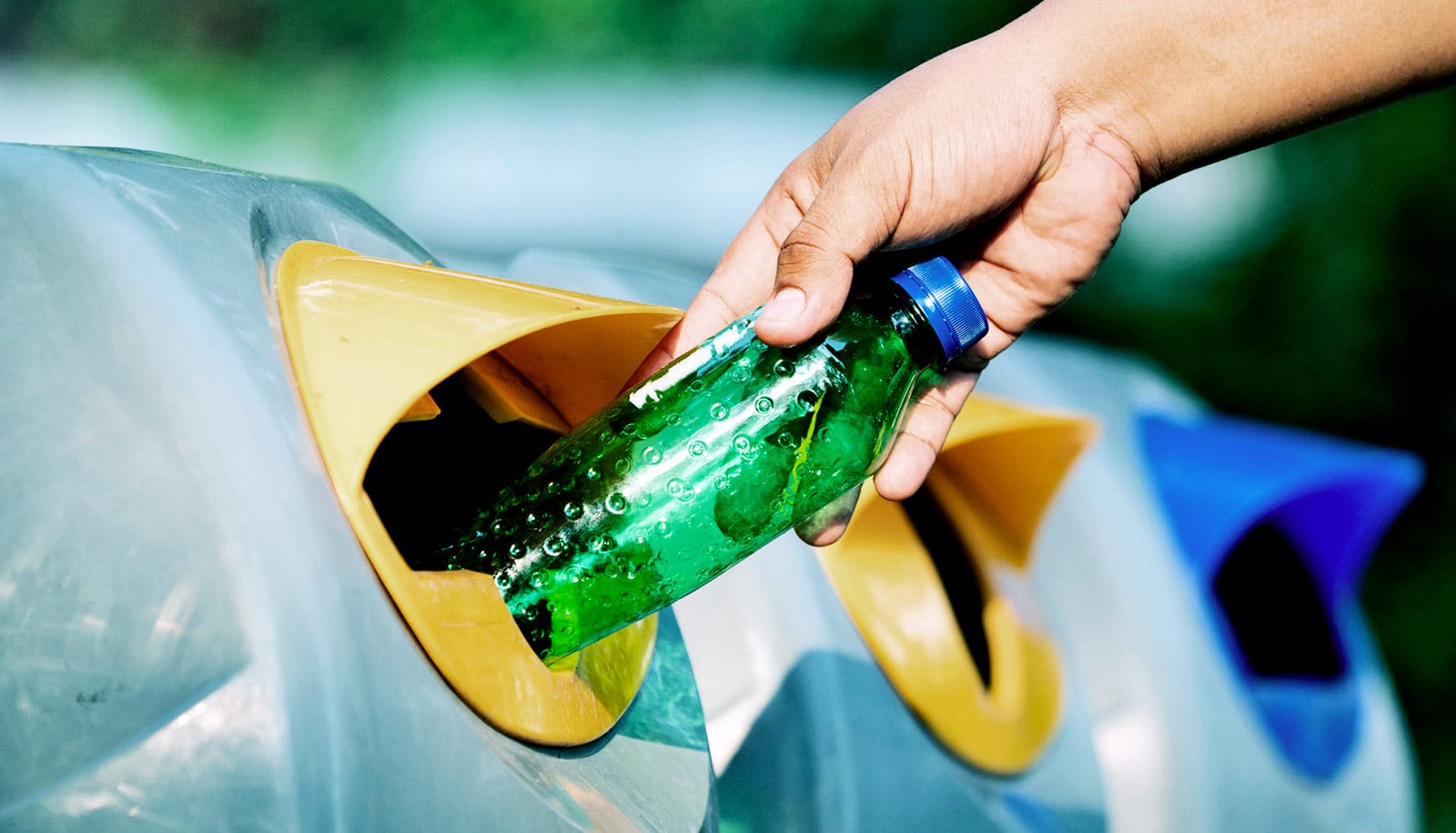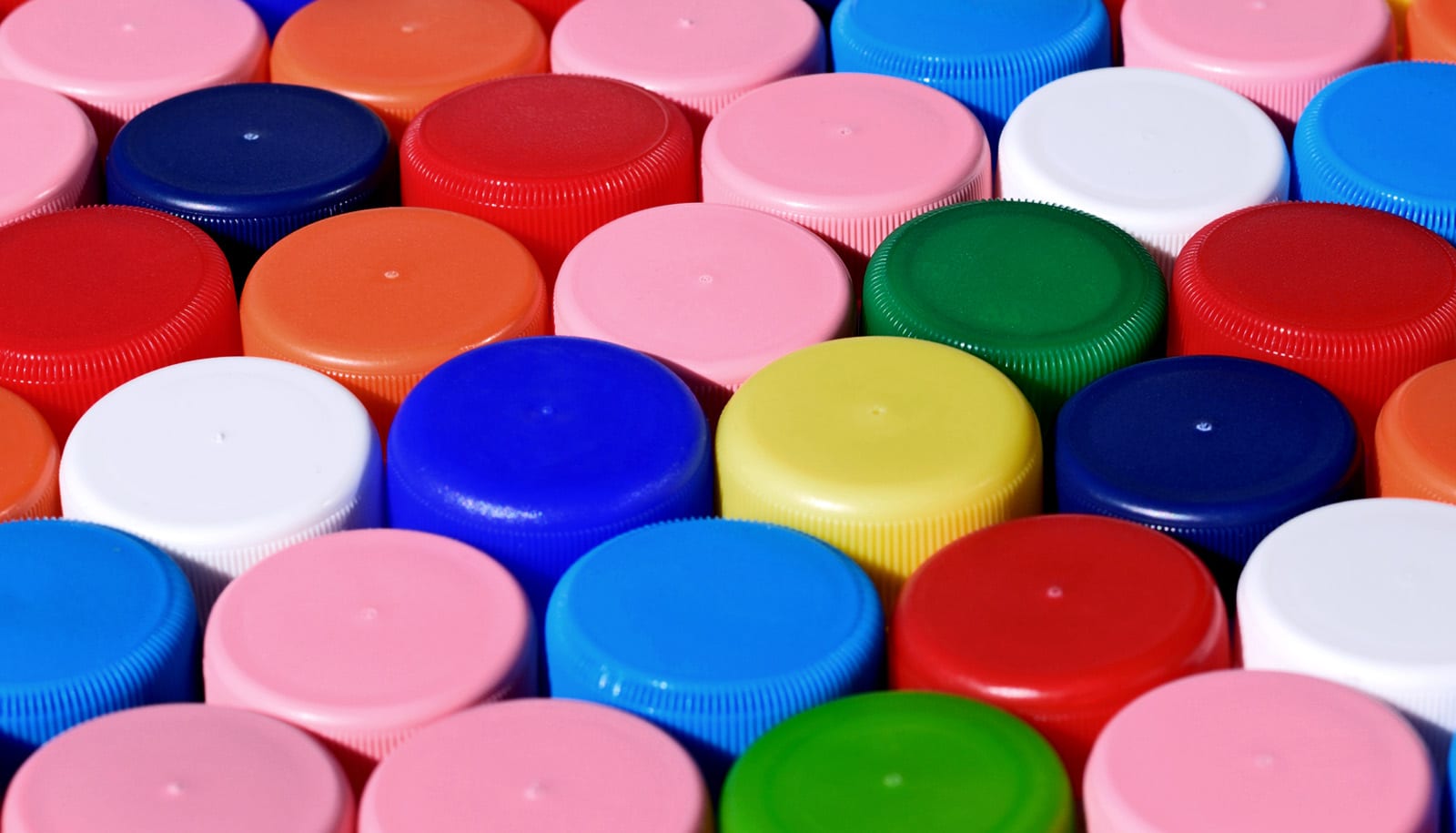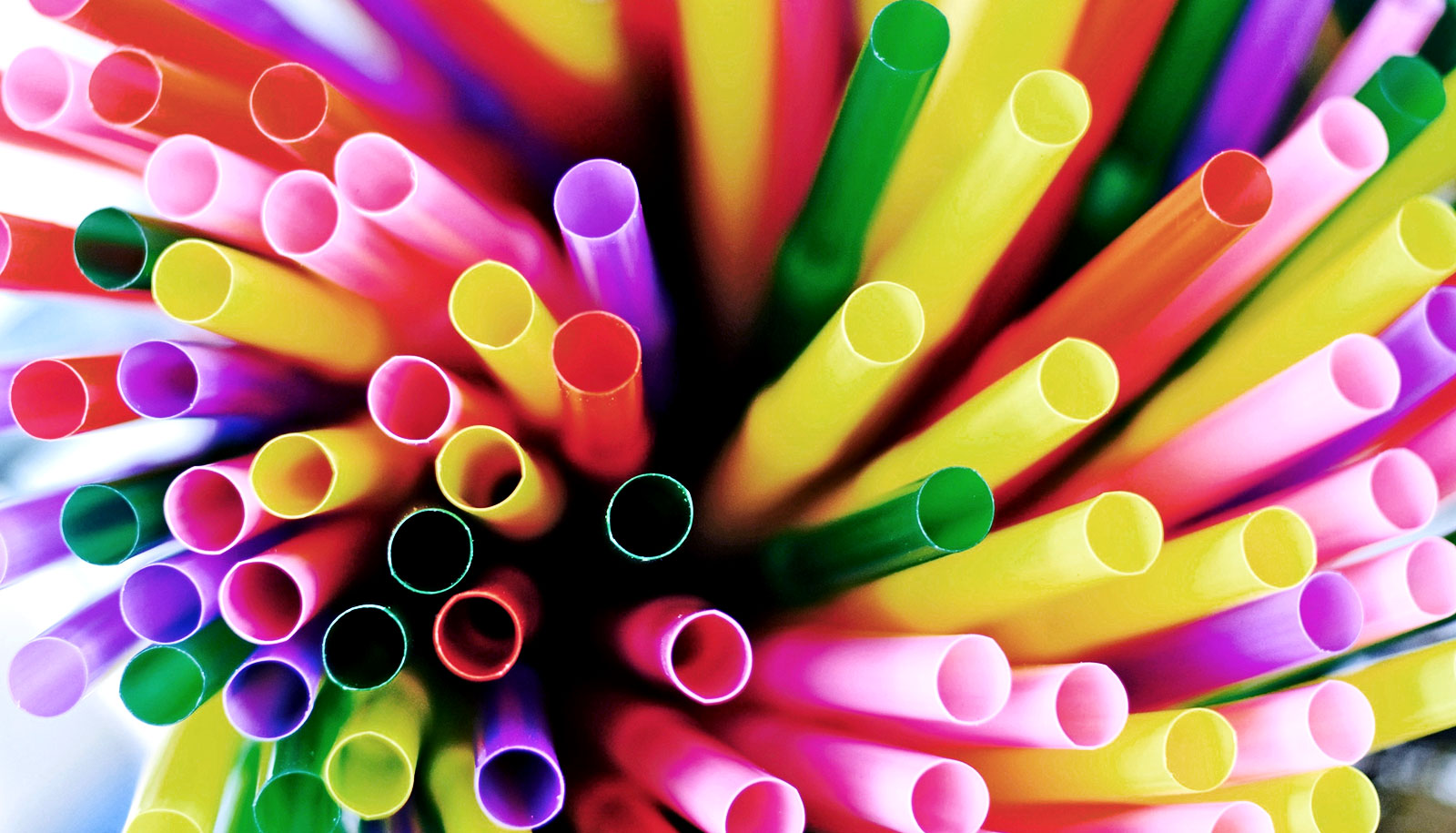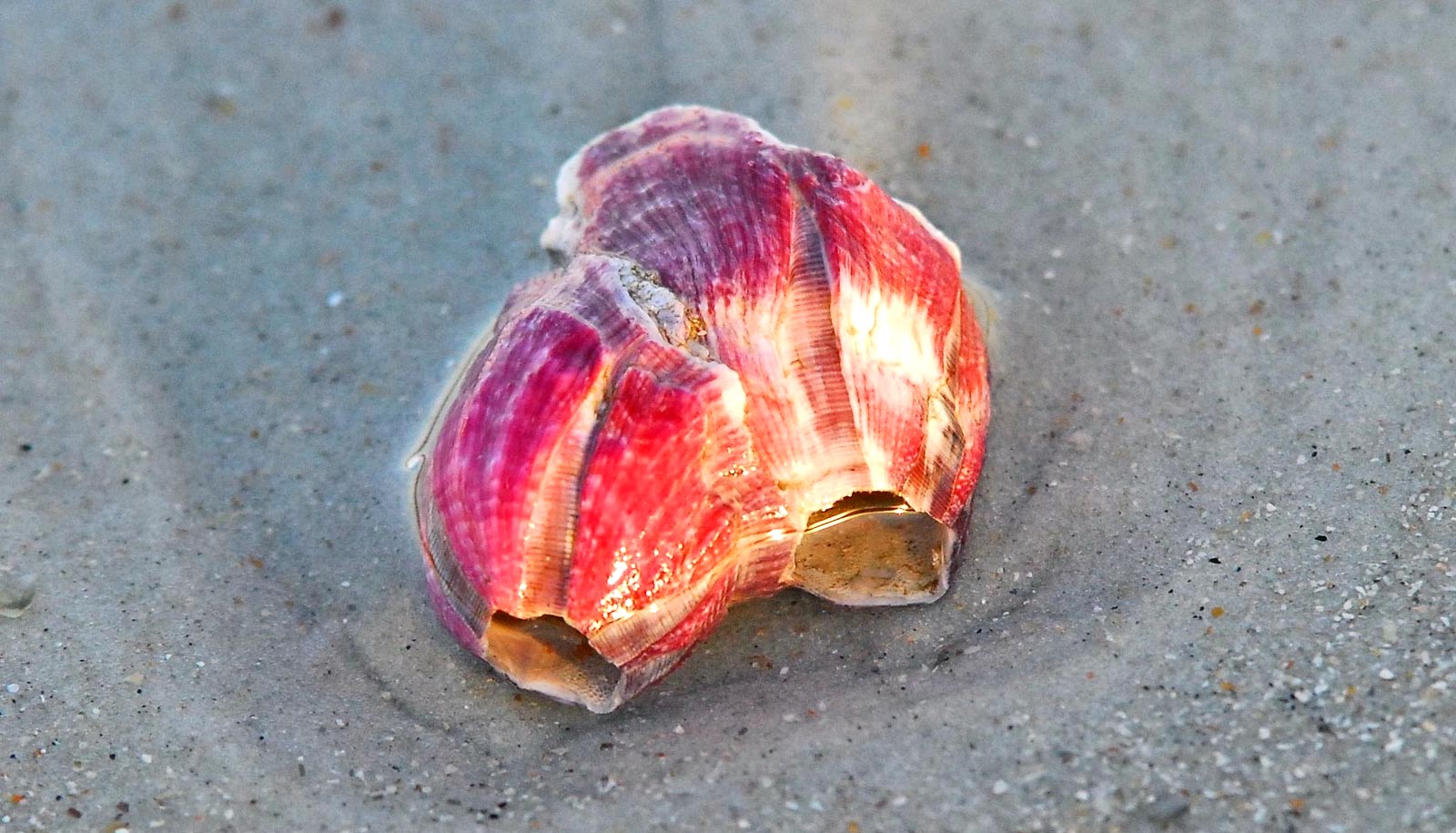Researchers have created a way to convert plastic bottle waste into aerogels for a variety of useful applications.
Plastic bottles are commonly made from polyethylene terephthalate (PET), which is the most recycled plastic in the world.
The researchers found a way to turn plastic bottle waste into ultralight polyethylene terephthalate aerogels that are soft, flexible, durable, extremely light, and easy to handle. They also demonstrate superior thermal insulation and strong absorption capacity.
These properties make them attractive for a wide range of applications, including heat and sound insulation in buildings, oil spill cleaning, and also as a lightweight lining for firefighter coats and carbon dioxide absorption masks for fire rescue operations and fire escape.
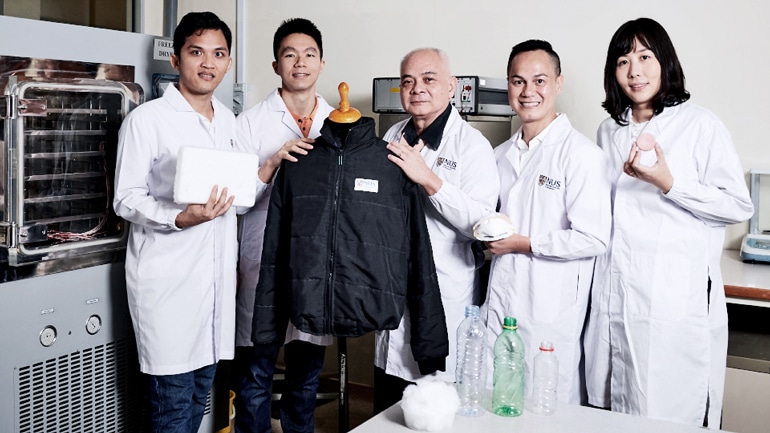
Cheap, easy, and green
Plastic waste is toxic and non-biodegradable and often ends up in oceans and landfills, which affects marine life and causes problems like groundwater contamination and land scarcity. Globally, the annual consumption of plastic bottles has been rising steadily, and it is expected to exceed half a trillion tons per year by 2021.
“Plastic bottle waste is one of the most common type of plastic waste and has detrimental effects on the environment,” says Hai Minh Duong, an associate professor at the mechanical engineering department in the Faculty of Engineering at the National University Singapore.
“Our team has developed a simple, cost-effective, and green method to convert plastic bottle waste into PET aerogels for many exciting uses. One plastic bottle can be recycled to produce an A4-sized PET aerogel sheet. The fabrication technology is also easily scalable for mass production. In this way, we can help cut down the harmful environmental damage caused by plastic waste,” Duong says.
The research team took two years (from August 2016 to August 2018) to develop the technology to fabricate PET aerogels.
“Our PET aerogels are very versatile. We can give them different surface treatments to customize them for different applications,” says Nhan Phan-Thien, a professor in the mechanical engineering department. “For instance, when incorporated with various methyl groups, the PET aerogels can absorb large amounts of oil very quickly. Based on our experiments, they perform up to seven times better than existing commercial sorbents, and are highly suitable for oil spill cleaning.”
Fighting fires
Another new application is to harness the heat insulation property of the PET aerogels for fire safety applications.
Existing firefighter coats are bulky and firefighters often have to wear them with other breathing and safety equipment. This could take a toll on firefighters, especially during extended operations.
When coated with fire retardant chemicals, the novel lightweight PET aerogel demonstrates superior thermal resistance and stability. It can withstand temperatures of up to 620 degrees Celsius (1148 degrees Farenheit)—seven times higher than the thermal lining used in conventional firefighter coats, but weighs only about 10 percent of the weight of conventional thermal lining. The soft and flexible nature of the PET aerogel also provides greater comfort.
“By adopting PET aerogels that are coated with fire retardants as a lining material, firefighter coats can be made much lighter, safer, and cheaper. It is also possible to produce low-cost heat-resistant jackets for personal use.” Nhan says.
When coated with an amine group, the PET aerogel can quickly absorb carbon dioxide from the environment. Its absorption capacity is comparable to materials used in gas masks, which are costly and bulky. To show how this would work, researchers embedded a thin layer of PET aerogel into a commercial fine particle mask to create a prototype mask that can absorb both dust particles and carbon dioxide effectively.
“In highly urbanized countries like Singapore, the carbon dioxide absorption masks and heat-resistant jackets made using PET aerogels can be placed alongside fire extinguishers in high-rise buildings to provide added protection to civilians when they escape from a fire,” Nhan says.
“Masks lined with amine-reinforced PET aerogels can also benefit people living in countries such as China, where air pollution and carbon emission are major concerns. Such masks can be easily produced, and can also potentially be made reusable,” Duong says.
The researchers are also looking into making simple surface modification to the PET aerogels for absorption of toxic gases such as carbon monoxide, which is the deadliest component of smoke.
In their earlier work, the research team had successfully converted paper and fashion waste into cellulose and cotton aerogels respectively.
The research team has filed a patent for its PET aerogel technology. The research appears in Colloids and Surfaces A.
Additional researchers are from the Singapore Institute of Manufacturing Technology under the Agency for Science, Technology and Research.
Source: National University of Singapore
